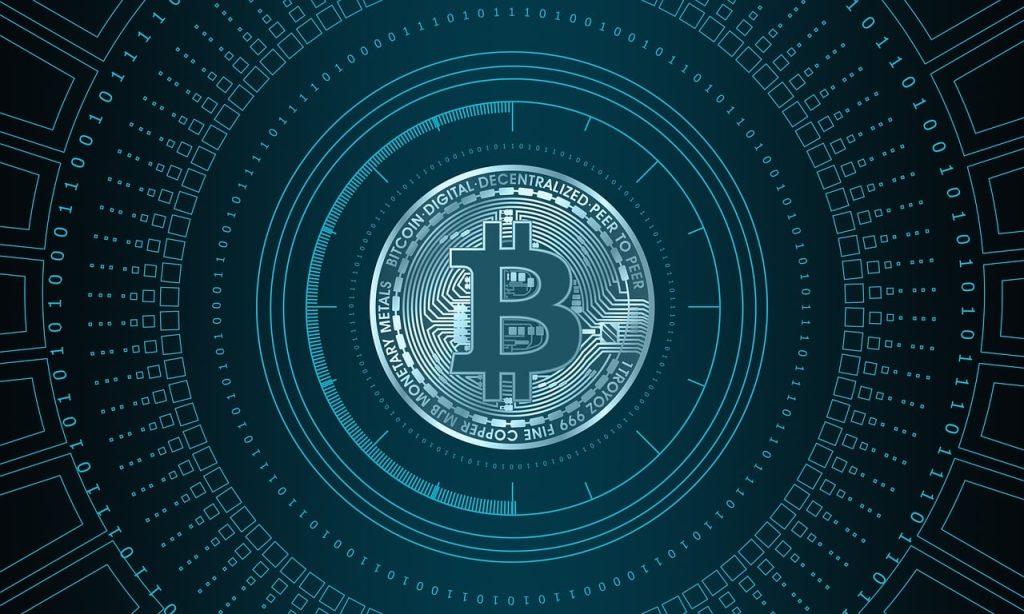Cryptocurrencies have been a “hot” topic in recent months or even years. They are of interest not only to innovation enthusiasts, but also to investors – experienced and beginners. The technology that is inextricably linked to cryptocurrencies is blockchain. What is this? How does blockchain work?
What is blockchain?
Blockchain is a concept that has been around for years. On the one hand, it is inextricably linked to the IT industry, and on the other hand, to the world of finance. You may have heard about blockchain in the context of Bitcoin, which is one of the most popular and valuable cryptocurrencieson a global scale.
When in 2007 and 2008 the speculative bubble in the real estate market in the United States unexpectedly burst, which became the cause of the financial crisis on a global scale, Satoshi Nakamoto’s manifesto entitled Bitcoin: An electronic money system based on a peer-to-peer network was published on the Internet. One of the concepts included in the manifesto was blockchain, i.e. a decentralized, digital register of all operations carried out within the Bitcoin network, but not only. It is safe, fully anonymous and resistant to manipulation. It is impossible to modify it retroactively.
Very often, blockchain is also defined as a distributed database, without a single, central center for managing it. It is a way of recording information about transactions, which are presented in the form of blocks of information, hence blockchain is also a chain of blocks, guaranteeing the security, uniqueness and immutability of the recorded information.
How does blockchain work?
An example of the use of blockchain is Bitcoin, so the best answer to the question of how it works is to present a real-life example.This technology is very often used in the case of cryptocurrencies, where transactions involve transferring a certain amount of digital currencies from one address to another. A set of such transactions is a block that is attached to the blockchain.
In practice, it looks like this: the first block, i.e. the technical block, numbered as “0”, was mined (mined) in the Bitcoin network exactly on January 3, 2009, for which the cryptocurrency miner, for calculating the result of the hash function, received a reward of 50 BTC. Block 0 BTC confirmed a transaction consisting of a reward for its calculation. The sum of other transactions was then equal to 0 BTC.
With each new block, the mathematical coefficient is determined anew, and for block 1 it was 1. The Bitcoin protocol has the advantage that a new block was initially created every 10 minutes, and you have to wait a while for the transaction to be fully confirmed. When another one is attached to the blockchain to confirm a transaction, it becomes difficult to reverse it. In the Bitcoin network, it is estimated that computationally unrealistic this becomes after adding 6 more blocks.
Blockchain is a solution that does not require the use of transaction intermediaries, and at the same time protects the user against double payment. All because it makes it impossible to spend resources twice for the same purpose. It confirms the authenticity of each transaction. It can be used in many different industries, not only financial, but also in services, real estate or e-voting systems.
It is also worth mentioning the consensus in blockchain technology. In the new model, groups of computers work together to reach an agreement. When 51 percent of the machines in the network agree on something, a consensus is reached. At this point, an operation or several operations are recorded in the form of a block to the blockchain register.
Where is the blockchain stored?
The blockchain of each cryptocurrency is stored in virtual space. Users have digital wallets. A crypto wallet should be secure above all else. This can be:
- hot wallet in the form of a desktop or mobile application (hot wallet),
- a cold hardware or paper wallet in the form of a private or public key,
- A cryptocurrency exchange with a dedicated wallet for the user.
Is blockchain secure?
Many people question whether blockchain programming of transactions, especially financial ones, is safe. It turns out that every effort is made to make it so. First of all, it should be emphasized that blockchain technology offers effective and easy-to-use methods of verifying the participants in the process of attaching blocks. It can be determined whether the data presented by producers and consumers is true and has not been modified. Changing one of the blocks in the blockchain is practically impossible, because it would require a change in the blocks already written after it, and this in turn requires the consensus of the participants of the blockchain network. Fraud is therefore virtually excluded.
The fact that every transaction is recorded on the blockchain allows you to meet security requirements. When a blockchain user makes contact with another user, they send their transaction in the form of a block to the blockchain network. Nodes in the network, or users, verify that interactions are correct and then construct a new block of valid transactions as part of the block validation, otherwise known as the mining process.
Each user of the blockchain network has access only to their transactions, and at the same time can view and verify them at any time. Once they are recorded on the blockchain, they become irreversible.

